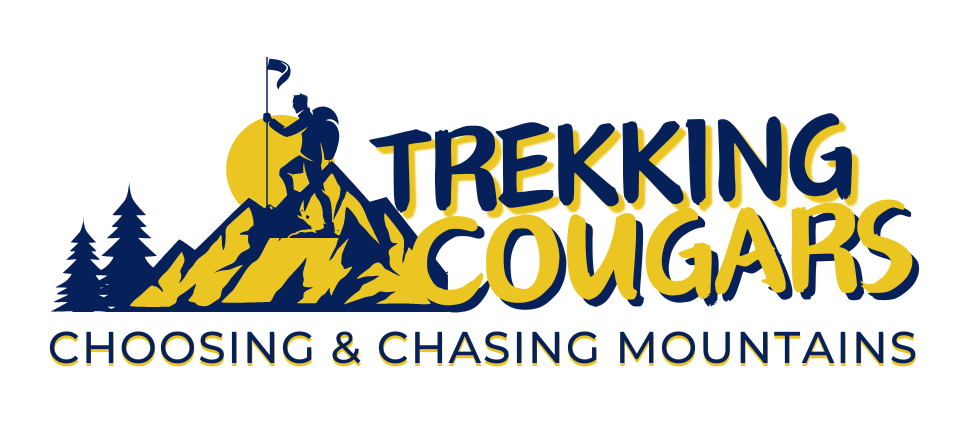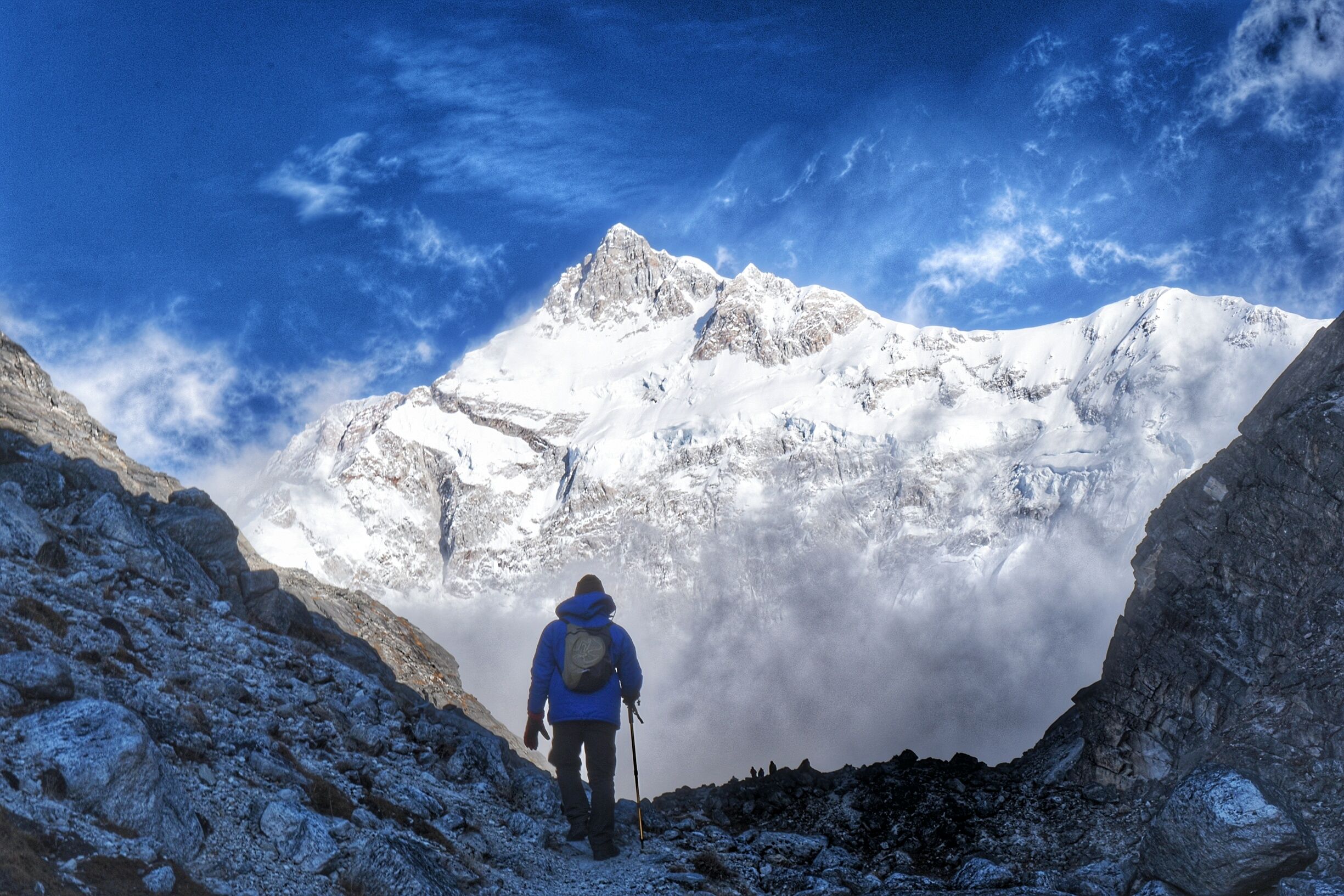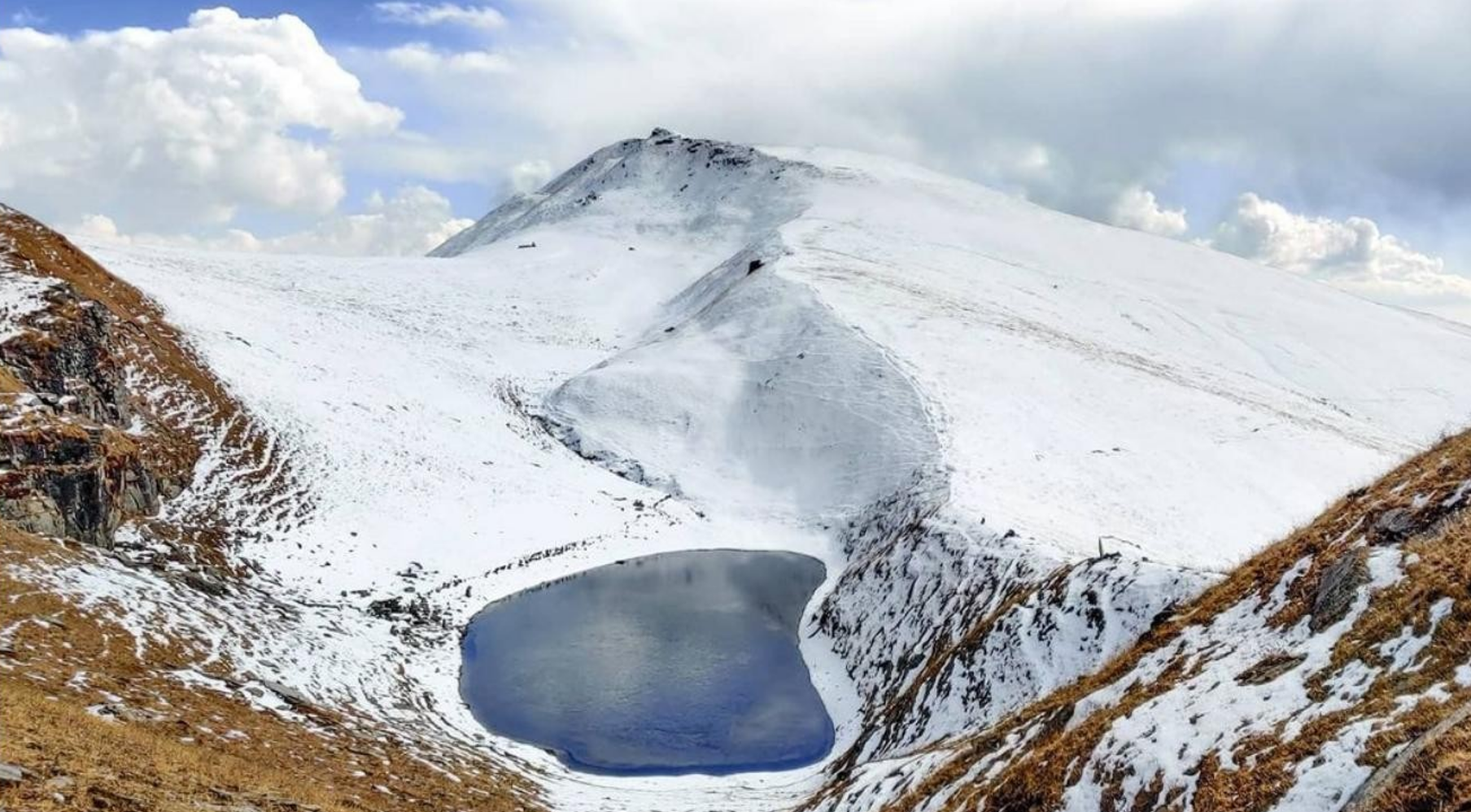Trekking Essentials Complete Guide – Trekking Cougars
Trekking is one of the most rewarding ways to escape the chaos of everyday life and reconnect with nature. Whether you’re hiking through the lush green valleys of Himachal Pradesh or climbing the rugged Himalayan slopes, a successful trek depends heavily on how well you prepare. One of the biggest mistakes both beginners and experienced trekkers make is underestimating the importance of carrying the right trekking essentials. At Trekking Cougars, we’ve guided hundreds of trekkers, and we’ve seen firsthand how preparation can make or break a trekking experience.
Packing the right trekking essentials ensures your safety, keeps you comfortable, and allows you to fully enjoy the journey. In this blog, we’ll explore the complete list of must-have trekking items, explain why each one is important, and help you choose the right gear based on your terrain and experience level. Whether you’re a beginner or a seasoned hiker, this blog will help you get trek-ready with confidence.
Why Are Trekking Essentials Important?

Many people think that trekking is simply about walking up a mountain trail with a backpack. But in reality, trekking challenges your body, tests your endurance, and exposes you to unpredictable weather and natural elements. Without the proper gear, even a short trek can become dangerous. From freezing temperatures to sudden rainstorms, or from slippery trails to unexpected injuries, you never know what lies ahead. Trekking essentials help you stay protected from the elements, maintain your energy levels, and respond to emergencies quickly.
Carrying the right trekking essentials gives you peace of mind. You won’t panic if it rains because your bag is waterproof. You won’t feel weak halfway through the trail because you packed energy bars and hydration. Most importantly, you won’t have to turn back early because your feet hurt due to the wrong shoes. A well-packed backpack is your safety net in the wild.
The Complete Trekking Essentials You Need

When you’re heading for a trek, your backpack becomes your best friend. It carries everything you need to survive and succeed in your adventure. The first thing to invest in is a good-quality backpack with adjustable shoulder straps, enough compartments, and a waterproof cover. Ideally, the capacity should be between 40 to 60 litres depending on the length of your trek.
Your clothes should be chosen wisely. Wearing layers is always better, especially in mountain regions. Start with a base layer of moisture-wicking T-shirts and thermal innerwear. For mid-layer, carry a fleece or woolen sweater to retain body heat. On top, wear a waterproof and windproof jacket to protect against rain and cold winds. For bottom wear, choose trekking pants that are lightweight, quick-dry, and comfortable to walk in. Don’t forget woolen caps, gloves, a sun hat, and extra pairs of socks.
Your footwear is one of the most critical trekking essentials. High-ankle trekking shoes provide proper grip and ankle support, especially on uneven trails. Avoid sports shoes or running shoes as they are not built for rough terrains. Also, carry a pair of slippers or floaters for walking around the campsite.
If you’re going on a multi-day trek, sleeping essentials like a sleeping bag, a mat, and a tent are important. These items help you stay warm and comfortable at night, especially in cold climates. Choose lightweight gear that’s easy to pack and rated for the temperatures you expect.
Hydration is key on treks. Always carry at least one litre of water. Hydration packs or bottles with built-in filters are great if you’re trekking in areas with freshwater streams. For energy, pack dry fruits, nuts, energy bars, glucose powder, and instant meals. They are light, nutritious, and easy to carry.
Navigation tools are also important. Always have an offline map, GPS app, or compass handy. Headlamps and torches are necessary when trekking early in the morning or at night. Keep extra batteries just in case. A whistle can be helpful in emergency situations to call for help.
Personal hygiene items are often overlooked but can make a big difference. Carry biodegradable soap, a small towel, toothbrush, toothpaste, wet wipes, sunscreen, sanitizer, and lip balm. These small items help you stay fresh and healthy during your trek.
A basic first aid kit is absolutely essential. Include band-aids, antiseptic cream, painkillers, anti-diarrhea tablets, cold medicine, and any personal medication. You may not find a medical shop on your trail, so it’s better to be prepared.
Trekking poles help reduce the strain on your knees, especially on steep ascents or descents. They improve your balance and give you better control while walking. They are especially useful for older trekkers or those with joint pain.
Lastly, don’t forget your tech gear. A power bank, phone with offline maps, and a small camera are useful. While we recommend disconnecting from technology to enjoy nature fully, having a power source and emergency contact options is always a smart choice.
How Trekking Essentials Change with the Terrain
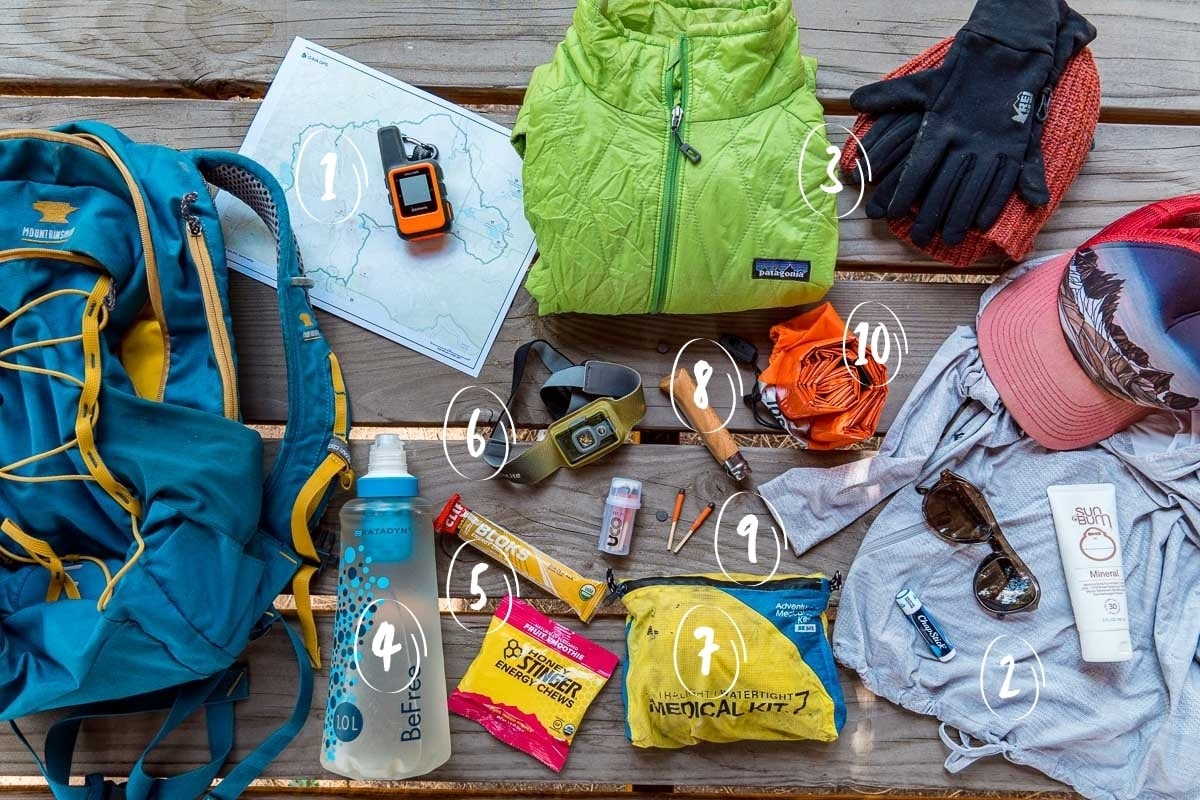
Not all treks are the same. The terrain, season, and location determine what essentials you need to focus on. For example, snow treks require you to carry heavy thermals, snow goggles, waterproof gloves, and snow boots. You may also need gaiters to prevent snow from entering your shoes.
During monsoon treks, a poncho or raincoat, waterproof bags, and anti-leech socks become essential. Mountain treks demand trekking poles, layered clothing, and windproof jackets. In forest trails, you may need insect repellents, long-sleeve shirts to avoid bug bites, and extra lighting gear since forests get darker early.
Knowing your route and weather forecast is important to avoid underpacking or overpacking. At Trekking Cougars, we always help our trekkers prepare a personalized checklist based on their specific trek location.
What First-Time Trekkers Often Forget

First-time trekkers often forget some of the most basic yet important trekking essentials. One of the most common mistakes is not carrying a rain cover for their backpack. Even if you have packed perfectly, one rainstorm can ruin your clothes and food if your bag isn’t protected. Another mistake is ignoring the need for a first aid kit. Accidents and small injuries are common on treks, and having basic medical items can save your trip.
Many also forget to carry enough warm layers, especially for high-altitude treks. Cold weather can drain your energy and even lead to hypothermia if you’re not properly dressed. Others skip sunscreen or sunglasses, not realizing how harsh the sun can be at high altitudes. Wearing cotton clothes is another mistake, as they absorb sweat and make you feel cold.
How to Choose the Right Gear Without Overpacking
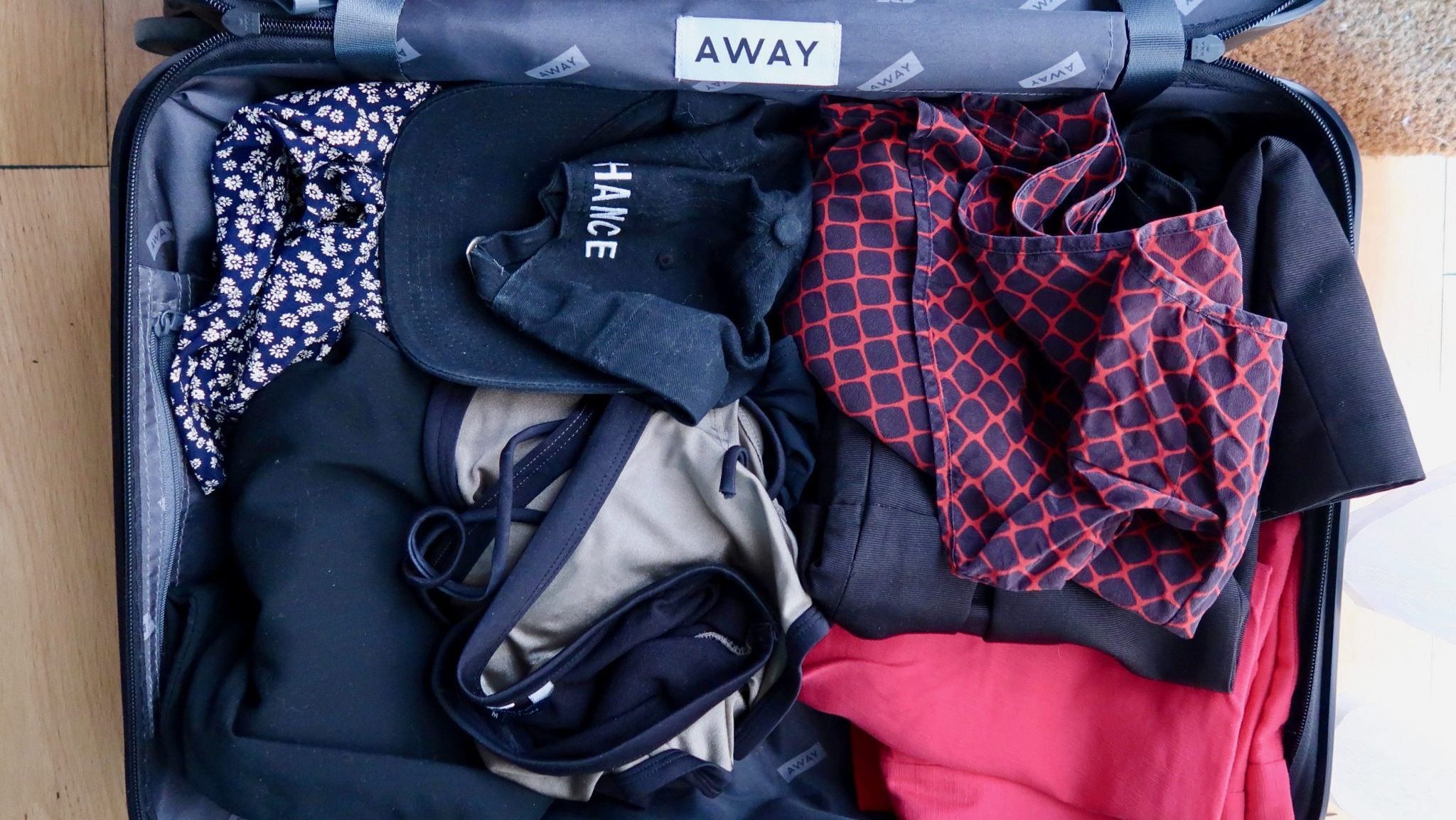
Packing for a trek is about balance. You need to carry enough without overloading yourself. Choosing lightweight, multi-purpose items is the key. For example, a fleece jacket can double up as a pillow while sleeping. Quick-dry towels take less space and dry faster than regular ones.
Always test your gear before the trek. Wear your shoes for a few days to break them in. Check your torch and power bank to make sure they work. If you’re carrying new clothes or bags, test them during a short hike near your home.
If you’re not sure what to buy or rent, talk to experienced trekkers or consult with us at Trekking Cougars. We’re always happy to help you choose wisely based on your budget and trek type.
Should You Rent or Buy Trekking Gear?

This is a common question among trekkers. If you are going for your first or second trek, renting is a good idea. You can rent items like tents, sleeping bags, trekking poles, or heavy jackets from local gear shops in places like Manali or Dehradun.
However, there are certain items you should always buy. Trekking shoes, for example, should fit your feet perfectly. Using rented shoes can cause blisters or discomfort. Your backpack is another personal item that should be bought, especially for hygiene reasons.
Buying your own gear is an investment if you plan to trek regularly. Otherwise, renting is economical and convenient. At Trekking Cougars, we guide our clients on what to rent and what to buy for every specific trek.
Also Read: Best Monsoon Treks in India for 2025
Essentials for Beginners vs. Experienced Trekkers
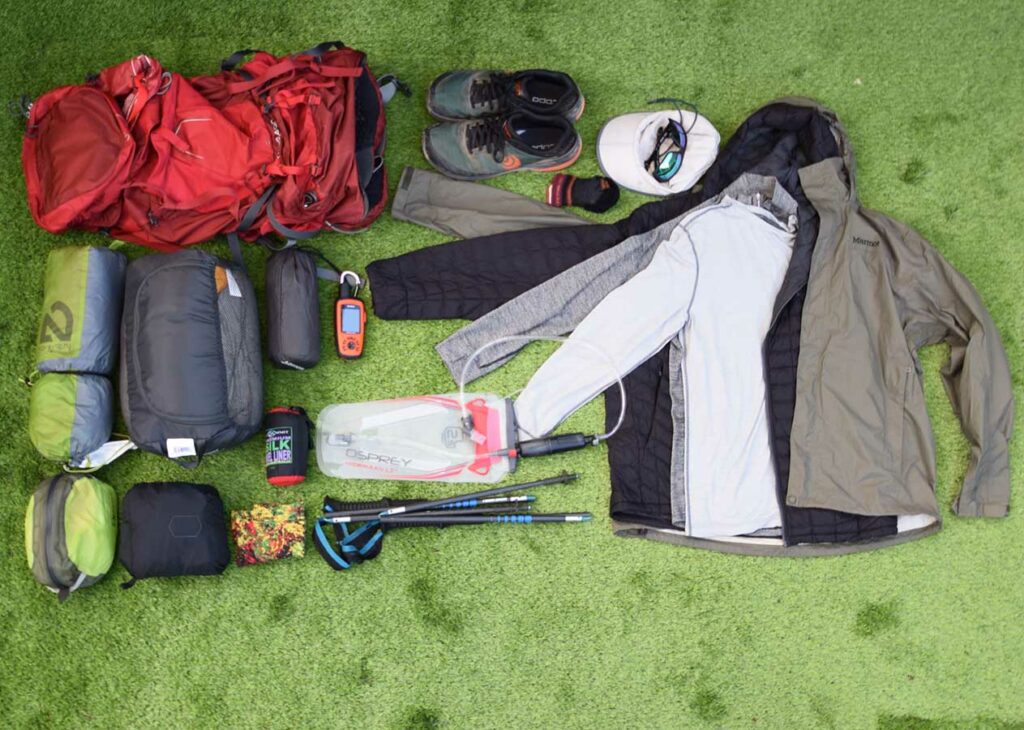
Beginners often ask if their gear should be different from those who trek often. The answer is yes. Beginners should keep things simple and light. Carry only the basic items like clothing layers, water bottles, snacks, personal care, and a torch. Avoid heavy equipment or advanced gear unless necessary.
Experienced trekkers can carry more specialized items like advanced GPS devices, cooking gear, portable solar chargers, or high-end cameras. They also tend to pack smarter, using compression bags or ultralight gear to reduce weight.
That said, even experienced trekkers never skip the basics. At every level, the trekking essentials remain crucial to a safe and successful journey.
Conclusion

Trekking is not just a physical activity—it’s a journey of the soul. But to enjoy it fully, you must be prepared. Carrying the right trekking essentials ensures your safety, comfort, and overall experience. Whether you’re heading for a one-day hike or a ten-day Himalayan adventure, your gear is what keeps you moving forward confidently.
At Trekking Cougars, we believe that every trekker deserves a worry-free journey. That’s why we not only offer amazing trek packages but also provide guidance on packing, training, and gear selection. Our team has been on the trails, and we know what works best in every condition.
So, before you tie your laces and zip up your backpack, take a moment to plan what you’re carrying. Because in the world of trekking, preparation is half the victory.
Ready to Explore?
Visit Trekking Cougars to explore our latest treks, beginner-friendly trails, and expert packing guides. Let’s make your next adventure safe, exciting, and unforgettable!
